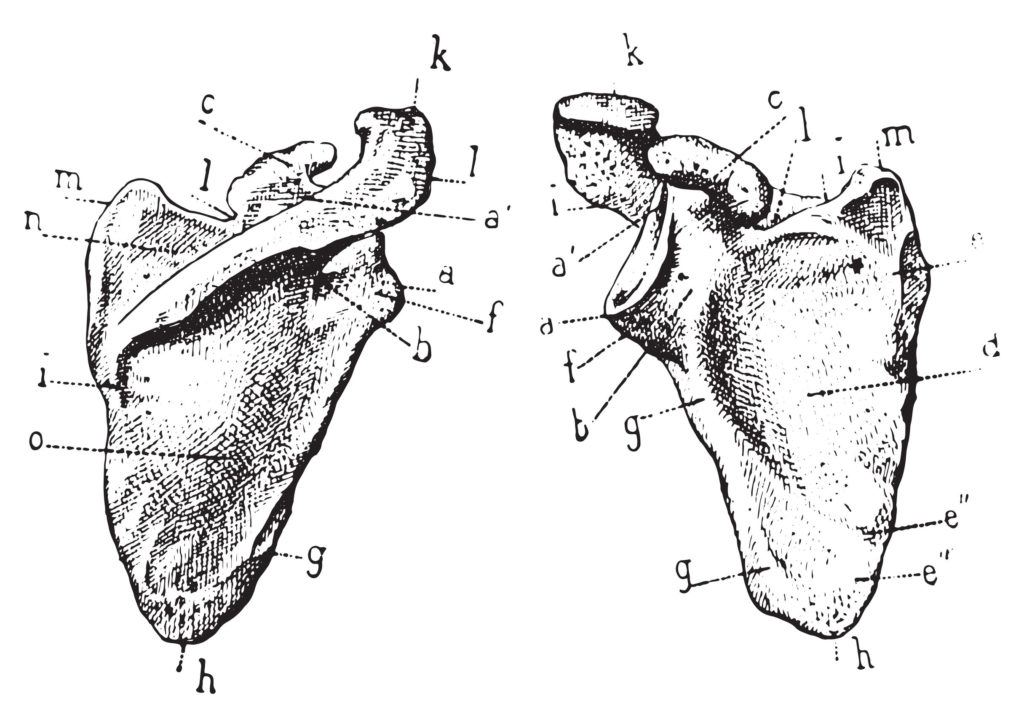What’s This Research About?
This perspective article examines the idea that an unstable scapula is related to shoulder pathology and dysfunction. The authors question this long-held belief, challenging the concepts of scapular instability and scapula dyskinesia as causes of shoulder pain and dysfunction.

TITLE: Critical and Theoretical Perspective on Scapular Stabilization: What Does It Really Mean, Are We on the Right Track?
PUBLICATION: Physical Therapy Journal
DATE: 2016
AUTHORS : Kevin J. McQuade, John Borstad, Anamaria Siriani de Oliveira
Anterior tilt scapula: Top of scapula tilts forward relative to the bottom
Dyskinesia: Scapula movement that is not “normal”
Moment arm: The distance between a joint axis and the line of force acting on it. Every joint that is involved in an exercise has a moment arm. The longer the moment arm is the more load will be applied to the joint axis through leverage.
Muscle stiffness: The ability of a muscle to withstand load. It refers to how the muscle will deform in relation to the amount of force acting on it. (Biomechanically speaking, this has nothing to do with the sensation of stiff or tight muscles)
Perspective article: A peer reviewed article that focuses on current advances and future directions on a particular topic
Posterior tilt of scapula: Top of scapula tilts backwards relative to the bottom
Scapulohumeral rhythm: As the humerus elevates there is a corresponding upward rotation of the scapula
Stability: The ability of a system to return to an orientation or movement trajectory after a perturbation
Upward rotation of scapula: Inferior angle of the scapula moves upward and laterally and is often accompanied by shoulder abduction or flexion

